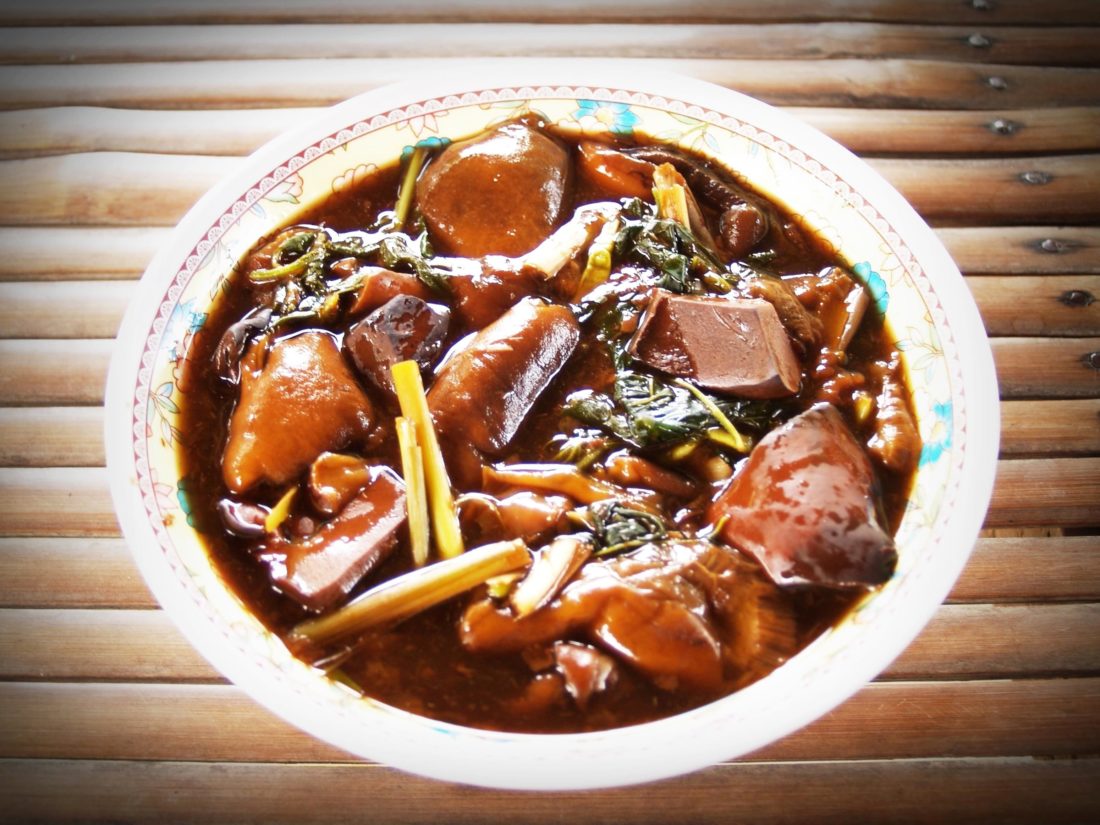Thai cuisine would not be understood without spices, a key ingredient in the gastronomy of the Land of Smiles. Its dishes have Indian influences from Buddhist monks, as well as reminiscences of the southern provinces of China, such as Sichuan, due to the large number of people who migrated from those places with their gastronomic customs. More recently, the gastronomy of Thailand has been westernized with European flavors, as a result of the introduction of chili peppers and mangoes by Portuguese missionaries and foreign spices brought by Dutch traders.
10 things tourists should know about cannabis in Thailand
It is said that in Thai cuisine there are five flavors: spicy, sweet, sour, salty and creamy and that all combinations and intensities of these flavors can be found in the same dish. Curiosity gets the better of us, so we encourage you to take a culinary journey through the geography of Thailand to learn about the specialties and differences in the cuisine of each region.
Lamaii in Chinatown has a solid Kao Soi which is a Thai-style beef noodle soup! #thaifood #noodles #vegas pic.twitter.com/C9r6uhtk6M
— Dong-Kyu Kim (@dongkyuverymuch) April 4, 2023
Northern Thailand
It is milder.
It has strong roots in Burmese cuisine.
Dishes are traditionally served on a ‘Khan Toke’, which is a small round table for sharing food.
Sticky rice, which is more glutinous, is used in its recipes. It is rolled into balls and used for soaking sauces.Northeast Thailand
Very spicy.
It has Laotian influences.
One of the best known dishes are broth-based soups.
Pla raa is a thick fermented fish sauce used in many of their recipes.
They also use sticky rice.
Freshwater seafood such as river prawns, catfish and frogs are eaten.Central Thailand
It is more elaborate and more aesthetic.
In the past, it was the cuisine prepared for royalty.
It mixes the best of all Thai cuisines.
Pad Thai, Tom Yam Goong and green curry are some of its most typical dishes.
Smooth combination of sour, salty, spicy and sweet.
Coconut milk flavors their dishes and is served with steamed jasmine rice.Southern Thailand
It can be very spicy and sour.
Seafood, coconut and pineapple are some of its most frequent ingredients.
Curry paste is widely used, as well as chili.
thai food extravaganza :)) pic.twitter.com/EVUZDnh344
— ❄️luli❄️ (@wintergirl_luli) April 3, 2023
Thai food is very tasty and aromatic thanks to the use of a great variety of spices in its dishes. Some of the most popular are:
– Galangal. Galangal or Thai ginger is a root very similar to ginger, but spicier and with a more intense flavor. It is a common ingredient in Tom Kha Gai and curry pastes. It is attributed with properties to fight inflammation, increase male fertility and help prevent various types of cancer.
– Turmeric. Turmeric is widely used in Thai curries, such as massaman and yellow curries, and in chicken satays. It has a vibrant yellow hue and a bitter, earthy flavor. It contains a substance called curcumin, known for its anti-inflammatory and anti-allergic properties. It also lowers cholesterol and helps with clear, acne-free skin.
– Ginger. Ginger has a somewhat spicy flavor and is often served raw in Thai cuisine, can be used in powdered or paste form, as a stir-fry in gai pad king or added to tea. It relieves nausea and improves symptoms of arthritis and menstrual pain.
– Garlic. Garlic is one of the most used ingredients in our cuisine but also in Thailand, where it is the protagonist of many of its recipes. It can be served raw or in a dish such as Gai Pad Gratiem Prik Thai. Its benefits include lowering blood pressure and cholesterol, protection against the common cold, brain cancer and prostate cancer.
– Lemongrass. Lemongrass is an aromatic, citrusy herb that grows in Thailand and is used to season everything from Thai curries to the famous Tom Yum soup. In extract it is a very effective mosquito repellent and as an essential oil it can be used to aid relaxation or as a massage oil. In cooking it can help relieve ailments such as headache and fever or soothe an upset stomach.
– Chili. There are said to be as many as 79 different types of Thai chili peppers originating from three species of the Thai chili plant. The hotness levels of Thai chilies range from 50,000 to 100,000 Scoville units. To put it in perspective, the average jalapeño bell pepper has between 2,500 and 8,000 Scoville units. This makes even the mildest Thai bell pepper 15 times hotter than a jalapeño. The most commonly used chili bell pepper in Thailand is Prik kee noo, the bird’s eye. The hottest is Prik kaleang: and the least, Prik ban chang.
– Thai peppercorns. Up to 40 different types of peppercorns are used in cooking, ground or whole. They contain antioxidants and have countless benefits, such as lowering blood sugar and cholesterol and improving brain and intestinal health.
– Cinnamon. Cinnamon is used in both sweet and savory dishes. That is why it is an ingredient in massaman curry and desserts such as rice pudding. Cinnamon has many benefits, such as lowering blood sugar and preventing diseases such as cancer and heart disease.
And finally, the most popular ingredient in the country’s cuisine: rice. In Thailand, one of the best known is Thai Hom Mali rice; a fragrant, elongated rice similar to Basmati in appearance. Thai Hom Mali Rice has different “types”; “Prime” with no less than 90% Thai Hom Mali Rice by weight.
And finally, “Premium” contains no less than 70% Thai Hom Mali Rice by weight. Each type of rice is for a different type of cooking and to the chef’s taste.
Thai cuisine is characterized by its great taste and exotic flavor. Combining in many of its dishes the sweet with the sour, the salty and the spicy. The gastronomic culture of this Asian cuisine is associated with a series of curiosities that are worth knowing.
-Thailand News (TN)























+ There are no comments
Add yours